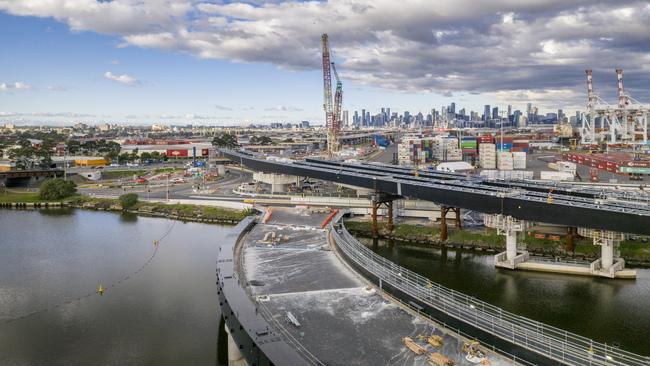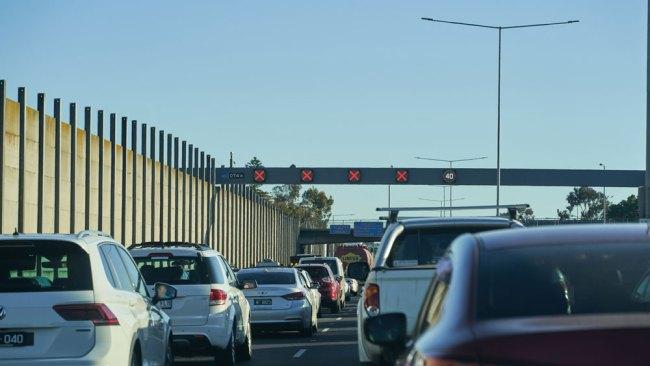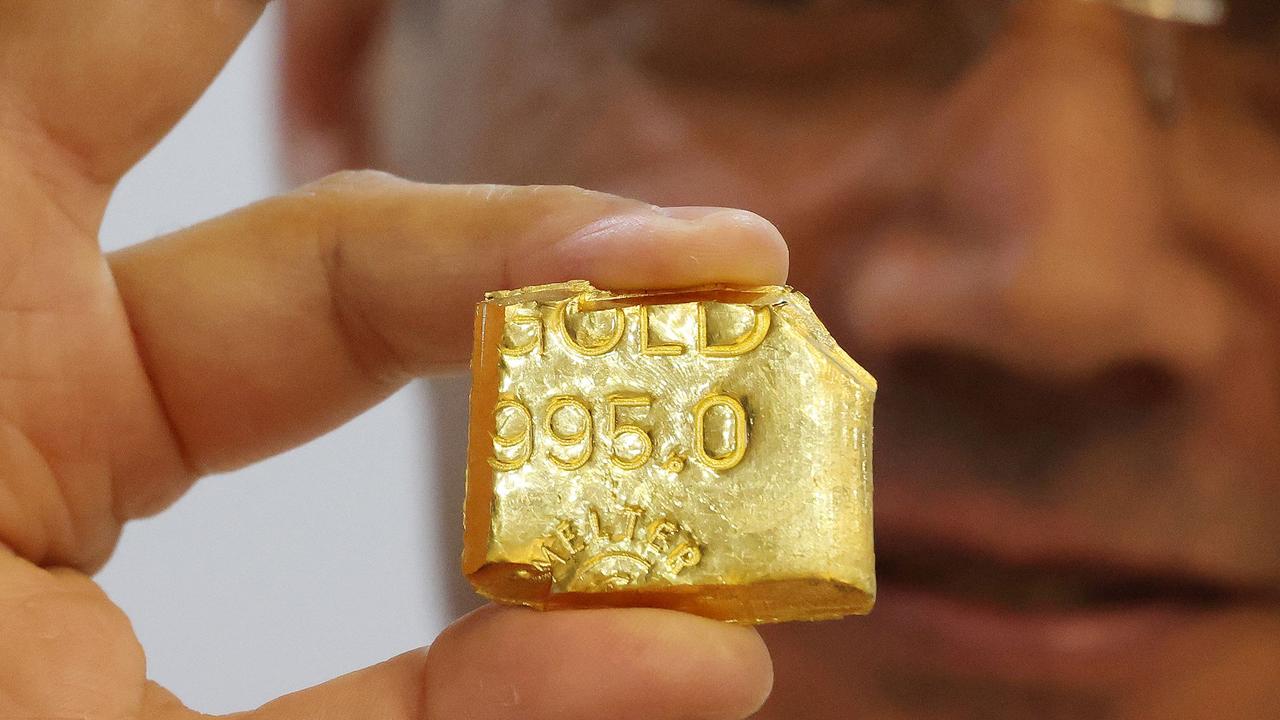Melbourne’s west set to get moving with West Gate Tunnel
Melbourne’s west is booming, but roads haven’t kept up with the population. That’s soon set to change.

Sponsored
Don't miss out on the headlines from Sponsored. Followed categories will be added to My News.
Melbourne’s west is booming, but roads haven’t kept up with the population. That’s soon set to change.
This article is supported by Transurban operator of CityLink and the future West Gate Tunnel creating quicker, safer trips for Melburnians.
Melbourne’s west is booming, with the region growing faster than almost any other area in Australia.
The 2021 census found that two of the three fastest growing local government areas in the country are in this part of Melbourne, with thousands of new homes needing to be built each year.
And people moving in will soon benefit from state-of-the-art roads connecting much of the west of the city and removing trucks from smaller city streets.
Transurban is partnering with the Victorian Government to build the West Gate Tunnel Project, which will provide Melbourne’s west more travel choices and connectivity in and out of the west. When works wrap up in late 2025, Transurban will operate the West Gate Tunnel – in addition to CityLink – and the cutting-edge technology that will help provide quicker, safer and more reliable trips.
Transurban general manager of operations Philip Naulls said the project will transform the city.
“Melbourne’s west is growing at an incredible rate, however, it’s plain to see that the West Gate Freeway and the West Gate Bridge are struggling to support the west’s transport needs,” Mr Naulls said, adding that one incident on the bridge, which carries 200,000 vehicles a day, can “bring Melbourne to a standstill”.
HOW BETTER TECHNOLOGY CAN IMPROVE OUR ROADS
Mr Naulls explained that the new West Gate Tunnel will give drivers quicker and more direct access to the city. What’s more, the roads are being designed to reduce congestion at all times, even if there has been an incident.
“In an Australian first, the tunnel is being built with another tunnel underneath it to allow us to easily access and maintain the critical infrastructure in the tunnel 24/7,” Mr Naulls said.
He said when the tunnel is operational, it will be run using the same technology and data that Transurban is already using on CityLink, which includes an electronic freeway management system and automatic incident detection, that has been shown to improve traffic flow and increase safety.

In the West Gate Tunnel this technology will include a warning system to stop overheight trucks from entering the tunnel and getting stuck, and dynamic lane management to ensure emergency lanes can be created instantly if any incidents do occur so they can be cleared quickly and safely.
It also means that speed limits can be remotely controlled, keeping roads safer and drivers moving as efficiently as possible. This technology is already in use in parts of the CityLink / Tullamarine Freeway, where the speed limit can increase from 80km/h to 100km/h if certain safety conditions are met, meaning Melburnians can get to their destinations quicker.
KEEPING MELBOURNE MOVING
With Melbourne soon set to become Australia’s largest city, it is vital that any roads built today have the capacity to cope with further growth and can keep not only people but freight moving through.
Mr Naulls said the new West Gate Tunnel will have direct access to Melbourne’s port and, to minimise traffic disruptions, the project will include “dedicated and direct ramps to and from the port for freight”. He added this will remove 9000 trucks from local inner-west streets each day “which is a great result for local communities, and one that will improve livability in these areas”.

The project is designed to keep Melbourne moving and improve connections throughout the city, but that doesn’t stop with the road network. As well as the West Gate Tunnel, new cycling and walking paths are being built, plus nine hectares of new parks and wetlands will be opened to the public.
Mr Naulls explained that this infrastructure is just as vital in helping Melbourne reach the next stage of connectivity.
“Communities will have more sustainable transport options, with over 14km of new and upgraded walking and cycling paths soon linking into the more than 15km of walking and cycling paths Transurban maintains around the CBD,” he said.
Mr Naulls added that he is thrilled Transurban can support the growth of Melbourne’s west and make the whole city much more livable.
“As operators of CityLink for almost 25 years, we’ve seen this city grow. The West Gate Tunnel will transform Melbourne and provide more choices for how drivers travel to and from Melbourne’s west.”
“Drivers hitting the Bolte Bridge over the next few months will see an incredible amount of change with massive ramps being built above the existing road – it’ll certainly be a different looking birds eye view of the city by 2025.”
Drivers can keep up to date with the latest traffic information on CityLink by signing up to the Linkt app.
Originally published as Melbourne’s west set to get moving with West Gate Tunnel


